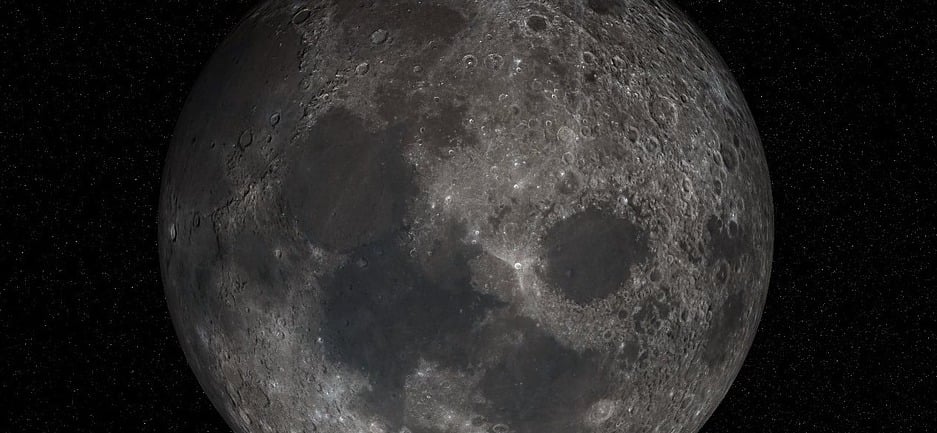Today as I set-up shop in a line at the Los Angeles DMV I happened to read an incisive essay published in Vogue forty years ago. The article was written by Susan Sontag, and my profit from it proves that anthologies are not as useless as many suppose (I hesitate to say the same of Vogue). I dislike the conglomerating of whole books, in part because it means fewer book covers, those charming props helpful in marking the way along an author’s corpus. But just as invertebrates are the lowest form of animal life, spineless pamphlets and essay packets are clearly the lowest form of literature, both ugly and easily marooned on a bookshelf. They usually lack real covers anyway, so anthologizing does no harm.
Login to read more
Sign in or create a free account to access Subscriber-only content.
Topics:
